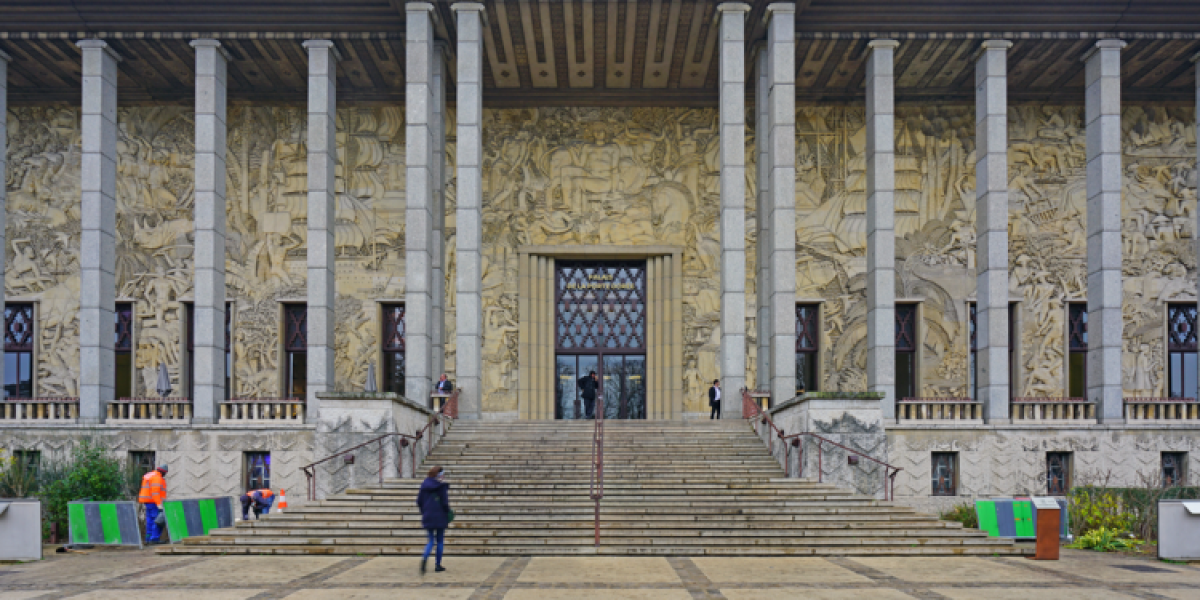
Did you know that there is a museum in Paris called the Immigration Museum, or Musée de l'Immigration? It underwent major renovations and was closed in 2020, and has just reopened. The museum aims to tell a story that connects everyone and portrays the various aspects of immigration throughout French history.
Preserving a valuable historical legacy
Located in the heart of Paris, the Musée de l'Immigration is a cultural institution that seeks to preserve, exhibit, and promote understanding of the history of immigration in France. Its primary objective is to celebrate diverse cultures, raise public awareness about immigration issues, and facilitate dialogue between different cultural groups.
Established in 2006, the museum is housed in the Palais de la Porte Dorée, an important building constructed for the 1931 Colonial Exhibition. Inside, visitors can explore a diverse collection of artifacts, documents, and personal narratives relating to immigration in France, spanning various periods and waves of migration. The museum offers both permanent and temporary exhibitions, along with film screenings, lectures, debates, educational workshops, and a range of cultural events. It also provides educational materials and resources for teachers and students.
The museum is dedicated to presenting immigration from different perspectives, emphasizing the contributions of immigrants to French society while also examining the challenges they have faced. Its aim is to inspire people to think, understand, and respect all cultures by fostering reflection and mutual understanding.
Major renovation and captivating interactive experiences
After the closure of the museum in December 2020 for extensive renovations, it took three years of dedicated effort to bring this unique place back to life. Prior to that, a six-year planning period involved a team of 75 experts, including historians, geographers, political scientists, and curators, ensuring that the outcome would meet everyone's expectations.
Finally, on June 17, the museum reopened its doors to the public, following an official inauguration on June 6. The museum has undergone a complete redesign with a focus on highlighting the shared history and influence of immigrants on French society. One of the new additions is a permanent exhibition covering an area of 1,800 square meters, with 80% of it entirely revamped since the museum's closure. Visitors will be treated to an immersive and chronological experience that delves into the subject matter.
The exhibition commences in 1685, a significant year marked by the Code Noir, representing the colonial era and the forced departure of the Huguenots after the revocation of the Edict of Nantes. This deliberately chosen date aims to provoke contemplation and remind us that France is not just a country to which people immigrate but also a country from which people emigrate. As visitors progress through the exhibition, they encounter eleven key dates that highlight the role of foreigners and their contributions to the history of France, spanning all the way to the present day.
The museum takes a comprehensive approach to present immigration, intertwining the histories of both the French people and migrants. The exhibition incorporates diverse forms of artistic expression, including a depiction of the perilous Mediterranean crossings by Cameroonian artist Barthélémy Toguo, as well as photographs showcasing the involvement of foreign doctors and nurses in French hospitals during the Covid-19 crisis.
Significant events such as the participation of foreigners in the war effort in 1917, Algeria's independence in 1962, and the mobilization of foreign workers for their rights in 1973 are explored in the exhibition. Visitors can trace the journey of immigration and the process of integration through maps, photos, paintings, and other documents.
In addition to the historical timeline, the exhibition offers insights into the present. It features photographs of makeshift camps under the Paris Ring Road alongside images of Ukrainians receiving warm welcomes. Current demographic data displayed on the walls challenge prejudice and ignorance.
The Musée de l'Immigration provides a captivating glimpse into the intricate history of immigration in France, highlighting its significance and impact on French society. The eagerly anticipated reopening of the museum will enhance public understanding of the role immigrants have played in shaping the country throughout history.
This museum holds particular importance as one in every three French individuals is either an immigrant or a child or grandchild of an immigrant. It is crucial to acknowledge and celebrate this multicultural wealth that has contributed to the modern French identity.
Practical information for visitors
The Musée de l'histoire de l'immigration is open from Tuesday to Friday, starting at 10 am and closing at 5:30 pm. On Saturdays and Sundays, the museum opens from 10 am until 7 pm.
Ticket prices include two options, with one offering a reduced price. Additionally, admission is free on the first Sunday of every month.



















